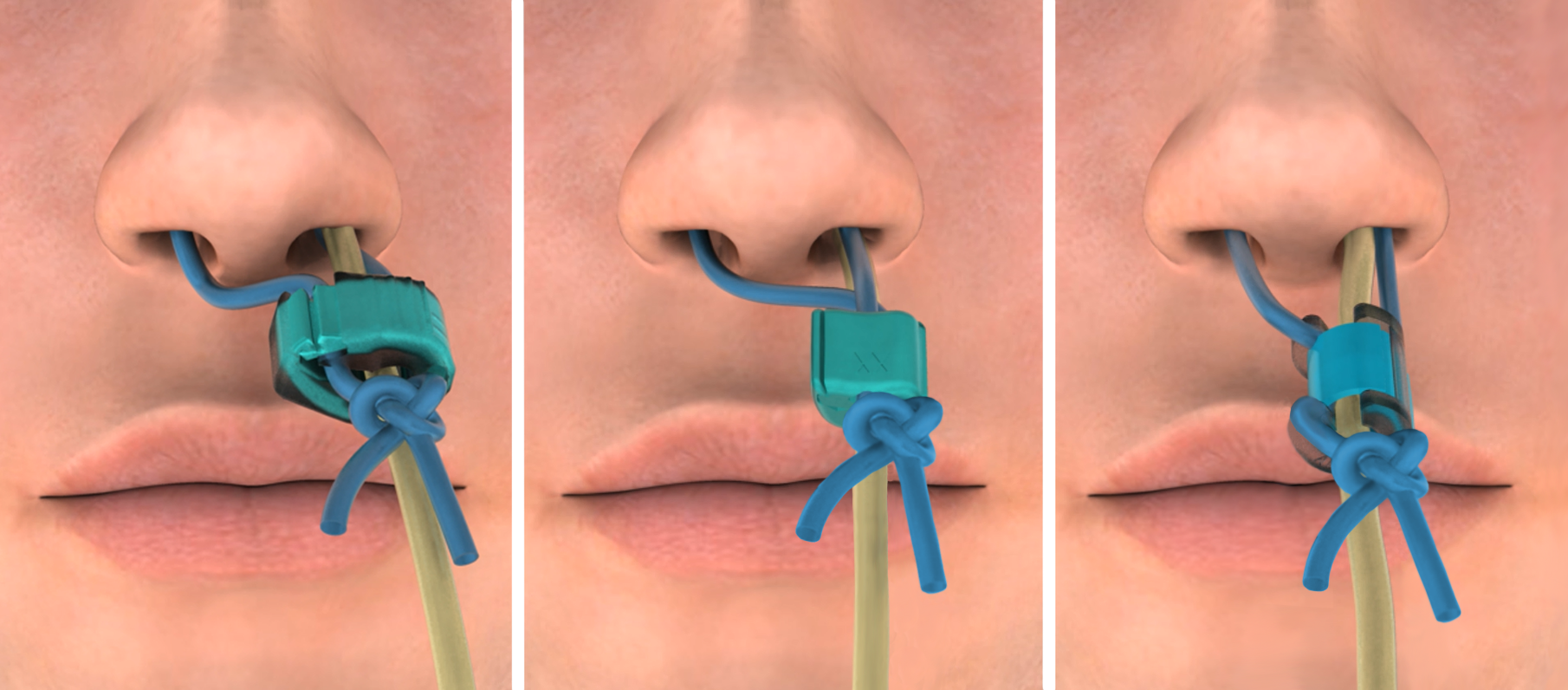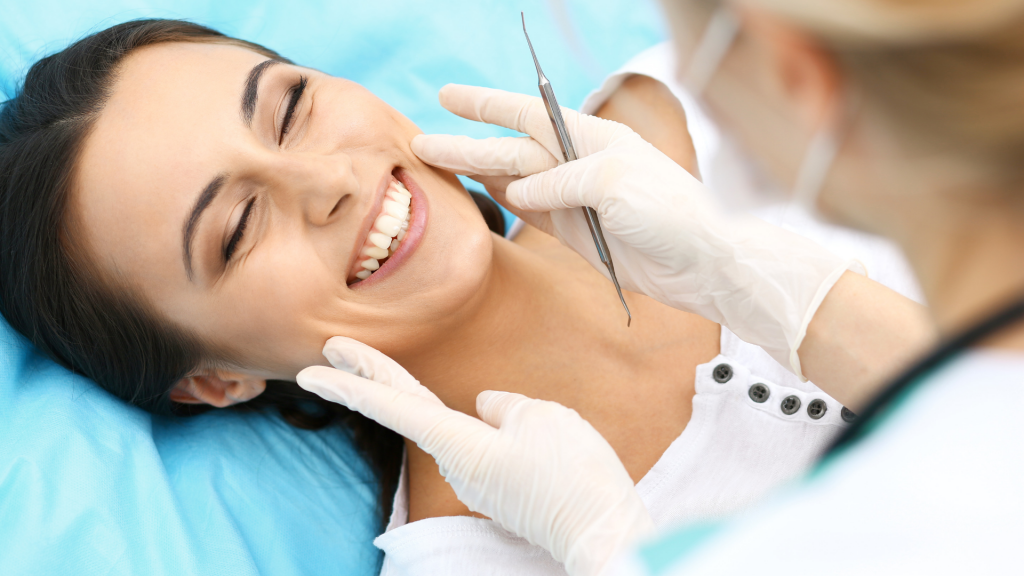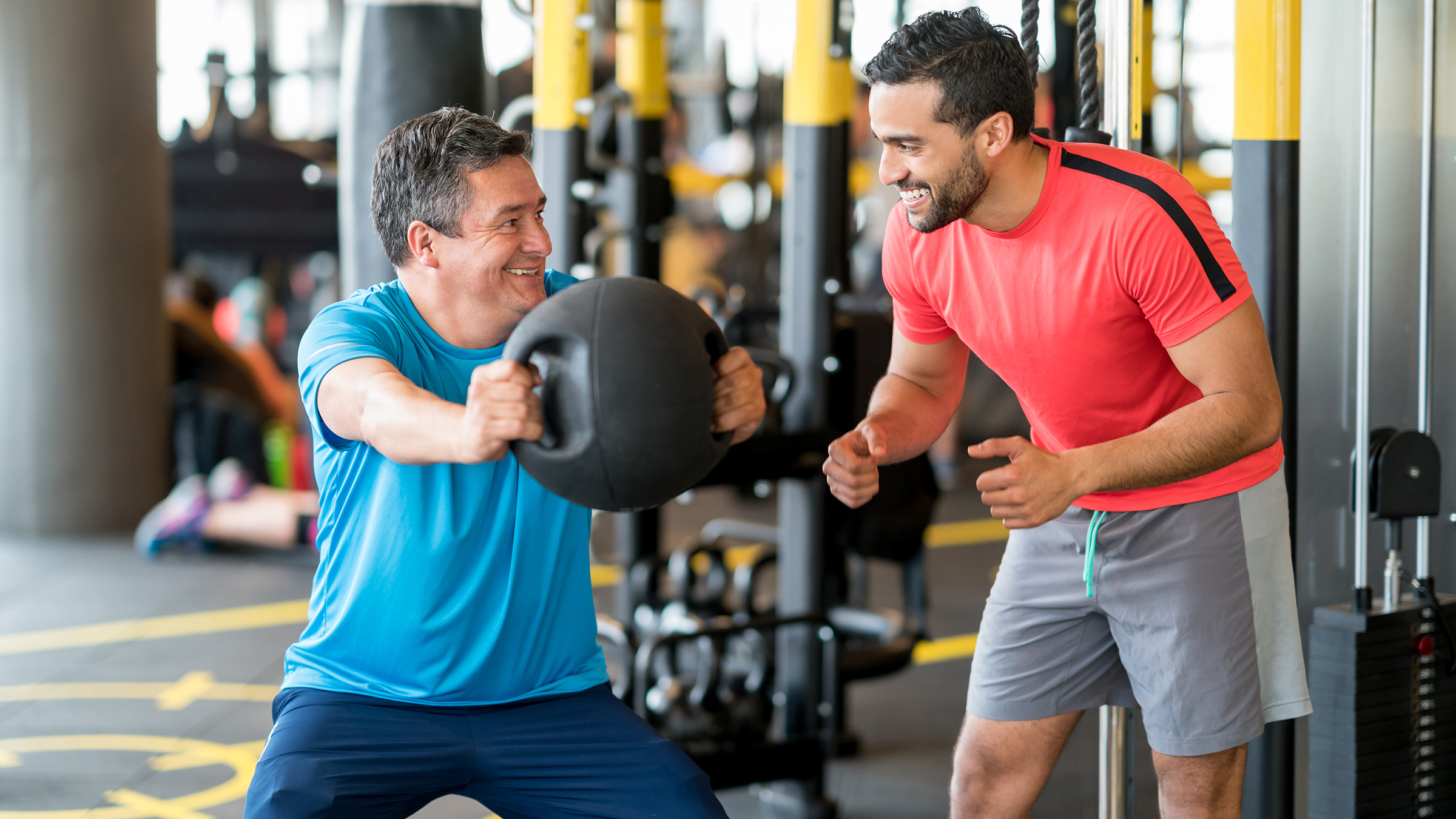
Image Source: Google
The Deep Plane Facelift is a cutting-edge cosmetic procedure gaining popularity in Miami for its ability to provide natural and long-lasting results. This innovative technique targets the deep plane layer of the face, which is located beneath the superficial musculature.
By lifting and repositioning this deeper layer, surgeons can create a more youthful and refreshed appearance that extends beyond just the surface level. If you are looking for a deep plane facelift in Miami, you may visit http://chopraplasticsurgery.com/.
What is a Deep Plane Facelift?
A Deep Plane Facelift is a surgical procedure that focuses on lifting and repositioning the deeper tissues of the face, as opposed to just tightening the skin. This technique allows for more significant and longer-lasting results compared to traditional facelift procedures, which often only address the superficial layers.
Key features of a Deep Plane Facelift include:
- Lifting and repositioning of the deep plane layer of the face
- Enhanced rejuvenation of the midface and lower face
- More natural-looking results
- Long-lasting effects
Why Choose a Deep Plane Facelift in Miami?
Miami is known for being at the forefront of cosmetic surgery innovations, making it an ideal location to undergo a Deep Plane Facelift. The city is home to skilled surgeons who are experienced in performing advanced facial rejuvenation procedures, including the Deep Plane Facelift.
Here are a few reasons why you should consider a Deep Plane Facelift in Miami:
- Access to experienced and reputable surgeons
- Cutting-edge facilities and technology
- Beautiful recovery locations
- Expertise in natural-looking results
The Benefits of a Deep Plane Facelift
There are several benefits to choosing a Deep Plane Facelift over traditional facelift procedures. These benefits include:
Natural Results
By targeting the deep plane layer of the face, a Deep Plane Facelift can provide more natural-looking results that are not achieved with superficial techniques. The repositioning of deep tissues helps to restore volume and create a more youthful facial contour.
Long-Lasting Effects
Due to the comprehensive nature of the procedure, the results of a Deep Plane Facelift can last longer than those of traditional facelifts. Patients can enjoy their rejuvenated appearance for many years following the surgery.
Enhanced Rejuvenation
The Deep Plane Facelift addresses multiple areas of the face, including the midface and lower face, resulting in comprehensive rejuvenation. This technique can target jowls, sagging skin, and deep facial folds to create a more refreshed and youthful look.
Recovery and Results
Recovery from a Deep Plane Facelift typically takes several weeks, during which patients may experience swelling and bruising. However, the results of the procedure become more apparent as the swelling subsides, with final results becoming visible within a few months.
Key points to note during the recovery process:
- Follow post-operative care instructions provided by your surgeon
- Avoid strenuous activities and heavy lifting during the initial phase of recovery
- Attend follow-up appointments to monitor progress
Is a Deep Plane Facelift Right for You?
If you are considering a Deep Plane Facelift, it is essential to consult with a board-certified plastic surgeon who specializes in facial rejuvenation procedures. During your consultation, your surgeon will evaluate your specific concerns and goals to determine if a Deep Plane Facelift is the right choice for you.
Key factors to consider when deciding on a Deep Plane Facelift:
- Your overall health and medical history
- Your aesthetic goals and expectations
- Your willingness to undergo a surgical procedure





